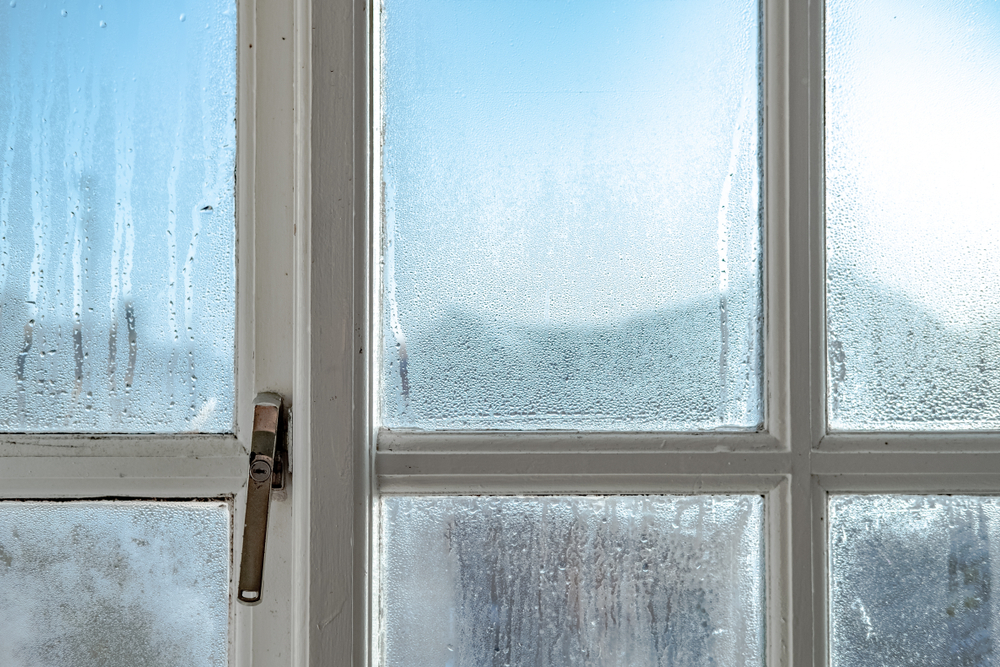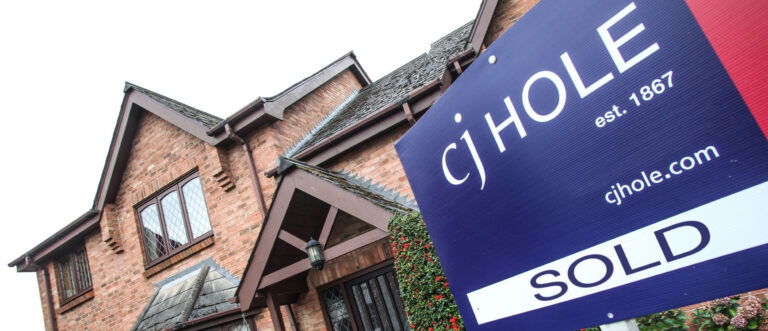If you want to keep your home free from damp, it’s important to have the right type of damp proofing.
However, if you have recurring damp problems, it’s well worth considering lifestyle factors that could be exacerbating the issue. A little care and attention can make a lot of difference to your home.
Here’s how to avoid damp and the damaging affects it can have on your home and your health.
What is damp?
There are three main types of damp:
- Rising damp caused by rising moisture from the ground.
- Penetrating damp from any water that finds its way inside from the outside through broken roof tiles, guttering or windows and doors.
- Condensation produced by warm air hitting a cold surface, such as windows, and causing water droplets that may penetrate surfaces.
Related: How to reduce condensation
How to protect your home from damp
Rising damp can only be rectified by inserting a chemical damp proof course treatment through the wall. However, there are ways to safeguard your property from the effects of condensation and penetrating damp.
Damp becomes an issue if your property is too cold, too wet, inadequately ventilated – or all three. If you own your own house, you could end up having to make expensive repairs further down the line, when all you really needed to do was have ‘damp sense’.
To avoid damp, you should follow two basic rules:
Make sure your home is warm
Keep heating on at a low level if you can, and keep your home warm with insulation and draught proofing. Make sure it’s installed by an expert though, as incorrectly fitted insulation can create damp problems.
Keep your property ventilated
Carry out basic home maintenance to minimise risk of leaks and water ingress; and make sure you have the right ventilation for your home. With a little care and attention, you should keep your home cosy and dry.
If you have issues with damp even after making these lifestyle changes, it’s worth getting it checked out by a PCA approved contractor.
Who should deal with damp in a rental property?
If you rent a property, be aware that damp isn’t always the responsibility of the landlord and you may lose your deposit if the way that you live contributes to damp and mould issues.
That said, it’s generally accepted that rising damp is the responsibility of the landlord, since it is their responsibility to keep the exterior and structure of your home in repair.
Landlords should also make sure tenants are aware of factors that can affect damp and carry out regular checks on their property.
Find out about our managed lets
How to damp proof kitchens
Kitchens are a key area when it comes to fighting damp. Here we’ll look at three reasons why kitchens are prone to damp and how to fix them:
Preparing meals
Cooking releases moisture into the air, particularly if you’re boiling water, which causes condensation on windows and surfaces.
How to fix this? Putting lids on pans will help minimise this, and save you energy (and money) as pans will heat up more quickly. During cooking, use an extractor fan if you have one too.
Washing clothes
Washing clothes can create extra moisture in your kitchen, particularly if your tumble drier isn’t externally vented.
How to fix this? Drying clothes outdoors is preferable to drying them inside. If you don’t have a washing line, use airers rather than drying clothes on the radiator.
If you need to dry clothes inside, make sure the window is open and door closed. It may sound obvious, but the more moisture there is in the air, the more likely you are to have issues with damp and mould.
Fridges, freezers and dishwashers
Other sources of damp in the kitchen include other white goods – particularly self-defrosting fridges and freezers, and dishwashers, which may leak water or cause condensation.
How to fix this? Check the area around your white goods at least once a year, paying particular attention to the walls. Consider investing in a dehumidifier for hard to reach areas, such as underneath kitchen tables.
How to damp proof bathrooms
Bathrooms can be a major source of condensation which, in turn, can lead to damp.
How to fix this? When you have a bath or shower, make sure you close the door and open the window until any damp has dissipated. If you don’t have a window in your bathroom, it’s essential that you fit a ventilator so that moist air is removed from your home.
Top tip: Make sure you hang towels and bathmats up rather than leaving them on the floor.
More causes of damp (and how to fix them)
The number of people in the property
The number of people in your property will affect how much damp is produced as humans are damp-producing machines.
How to fix this? If your home has more people than it was designed for living in it, it’s particularly important that you ventilate the property thoroughly, by opening the windows or fitting a ventilator.
Home décor
Believe it or not, your home décor can also exacerbate damp problems. House plants release around 0.5 litres of water per (medium sized) plant per week and fish tanks can also contribute to damp problems.
How to fix this? Ensure you have adequate ventilation to help remove moisture from the air. Leave a gap between the furniture and the walls and ensure you don’t over-fill cupboards or wardrobes so that there is space for air flow – otherwise, you could end up with mouldy belongings.
For further information and guidance, speak to your local agent who will be more than happy to answer your questions.





